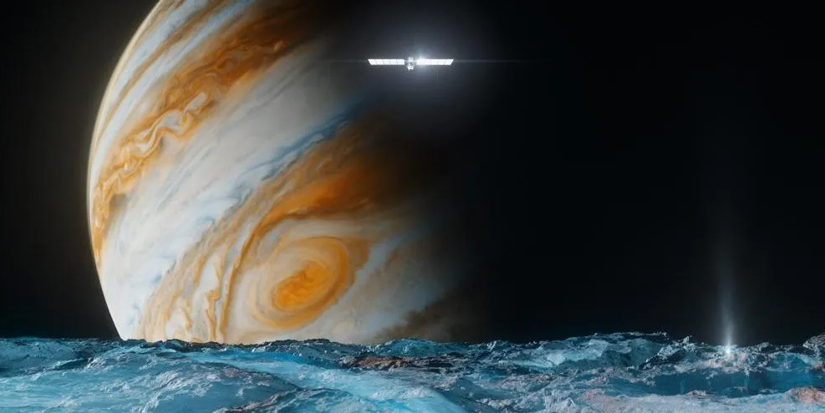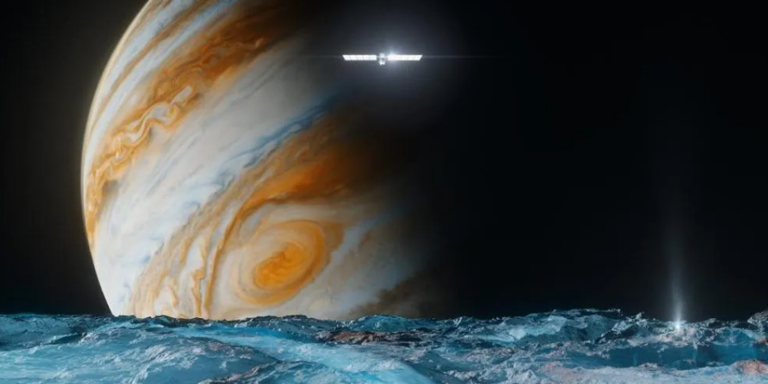
There has been a major breakthrough in propulsion technology announced last week by the Russian State-Owned Rosatom Corporation claiming their new plasma engine will get us to Mars in 30 days, give or take. Currently with our primitive rockets the journey would take nine to ten months, which to me is still quite impressive, I thought we were talking YEARS!
Using hydrogen as fuel, the rocket could revolutionize the space travel industry, but it’s still only in the very early stages of testing and development. I could be a decade away from the first person to reach Mars in under a few months.
How Does It Work?
Never Miss A Story
Traditionally, liquid hydrogen fuel and liquid oxygen oxidizer would be flooded into a combustion chamber where the ignition is enough to propell the rocket through an exhast that’s created by the explosion of the two liquids. There are a multitue of problems with our traditional way of launching rockets, the main ones are: it’s very dangerous. Think about the process of a large chamber being pumped full of highly combustable liquids, its enough to send a shudder down your spine. The second is that spending too much time in space is hazardous to humans. You’re exposed to an immense amount of radiation, microgravity and isolation. Unless your going with a huge team then the latter could be ok.
The idea behind the plasma engine is that it generates electric propulsion from charged particles moving between two electrodes. Once a high voltage is applied the current creates a magnetic field that pushes the particles out of the engine. Currently this rocket prototye is being tested in a chamber that simulates the conditions of space, it’s still in its infancy.
How Fast Can The Plasma Engine Go?
Well we aren’t talking about the speed of light here but it’s defintely a revolutionary system. Currently rockets have a maximum matter flow velocity of 4.5 kilometers per second (2.7 miles per second) the plasma engine can accelerate charged particles at 100 kilometers per second (62 milles per second) making the trip to Mars 30-60 days. On top of all this it would mean that Mars wouldn’t be a one-way-trip.
Russia aren’t the only ones looking to get their rockets moving, NASA recently announced a joint collaborative venture with the Defense Advanced Research Projects Agency (DARPA) developing a thermo nuclear rocket. Now that sounds terrifying.
Over the coming years and decades I think it will be very exciting to watch and see who does in fact reach Mars first.
Also check out our article about terraforming the Red Planet.
What’s New?
- The Black Hole In Interstellar Was Built From Actual Equations

- Astronomers discover the largest structure in the universe

- Russian Plasma Engine Will Get Us To Mars In 30 Days

- How Do We Know There’s an Ocean Beneath Europa’s Surface?

- What is the Turing Test?

- How light beams could propell us to the stars






